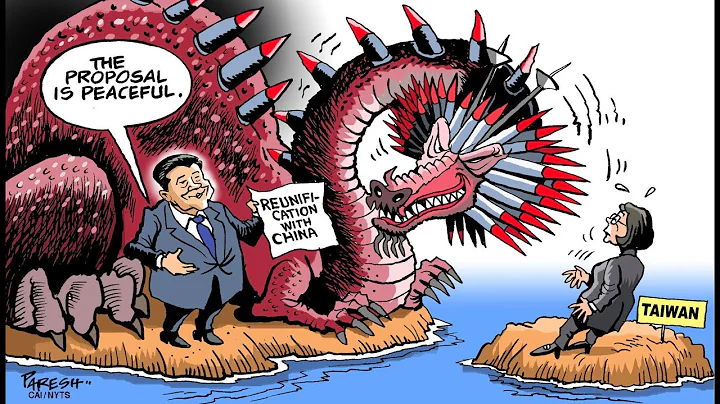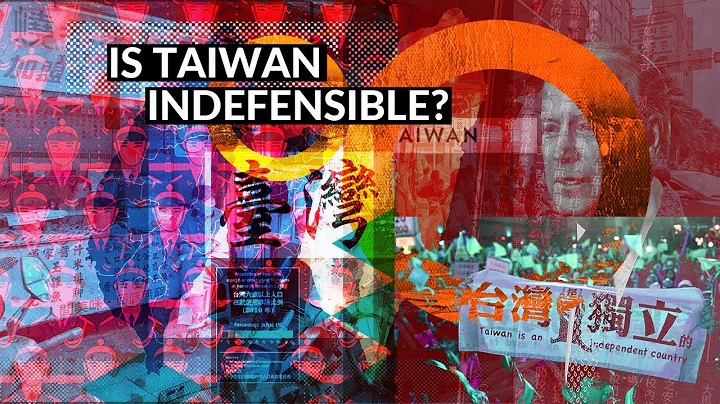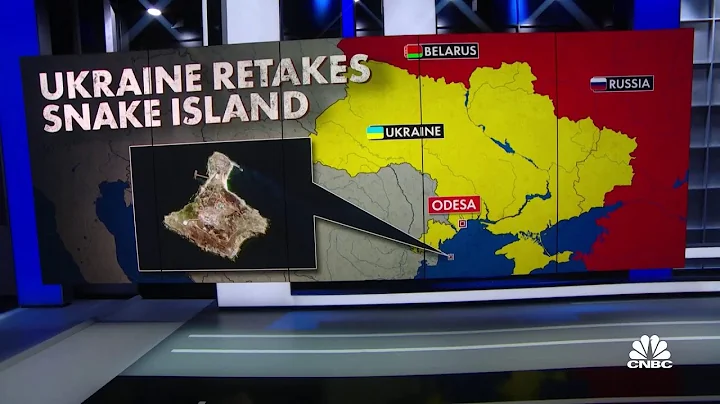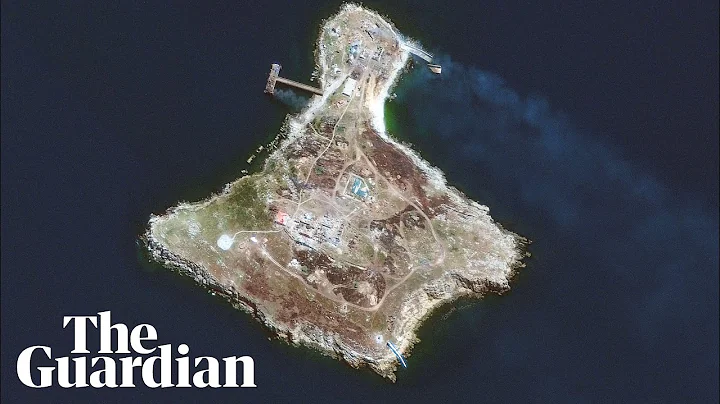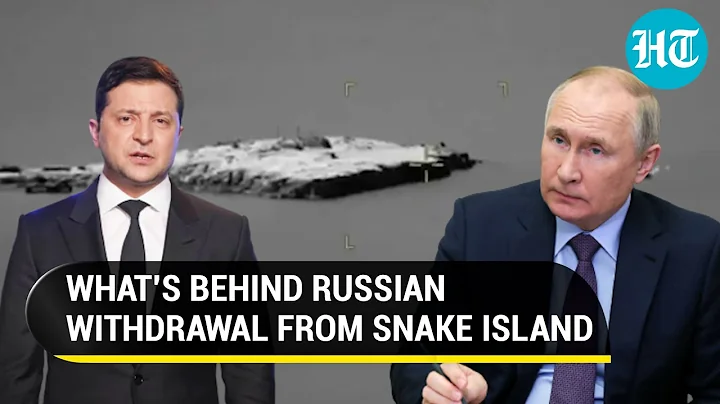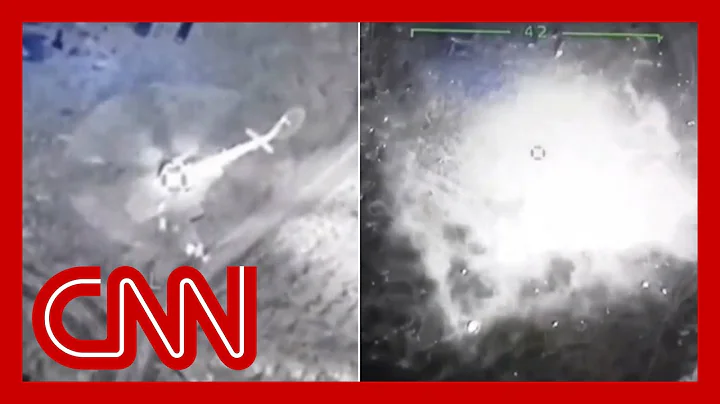Does the US aircraft carrier still dare to come to the Taiwan Strait now?
As a Taiwanese expert said, today, as the People's Liberation Army's cross-sea combat capabilities continue to increase, US aircraft carriers no longer dare to come to the Taiwan Strait, let alone come to "help" in the battle to attack Taiwan.
During the Taiwan Strait crisis more than 20 years ago, the US aircraft carrier was arrogant, broke into the Taiwan Strait, and interfered in China's internal affairs very crudely.

(The US Navy aircraft carrier "Independence" was the first to break into the Taiwan Strait in 1996)
In just over 20 years, US aircraft carriers no longer dare to break into the Taiwan Strait , even when sailing Deliberately avoid the waters around Taiwan.
The changes in the past twenty years include both the rapid increase in the combat power of the People's Liberation Army and the continuous decline of the US military's combat power.

The once glorious US military
The US military in the 1990s was the time when was the most powerful..
At that time, the United States had just won the victory in the Cold War that lasted forty years. The United States' prestige had reached its peak moment, both domestically and internationally.
At that time, against the backdrop of long-term preparations for a large-scale war, the U.S. military was progressing very quickly in the systematic construction of weapons and equipment, and various classic weapons and equipment had been equipped in large quantities with the U.S. military.

(Just after the Cold War, the U.S. Navy reached its peak)
Take aircraft carriers for example. At that time, the U.S. Navy had a full 12 aircraft carriers. In the Gulf War, 6 aircraft carriers were dispatched at one time.
And the classic weapons and equipment of the US military at that time were in their best condition . Whether it was performance, reliability or availability, they had reached the pinnacle in the history of the US military.
In the late 1990s, the U.S. Navy conducted a special exercise on the "Nimitz" aircraft carrier .
At that time, the "Nimitz" had just been in service for more than 20 years and was in its best condition. During this exercise, the Nimitz took off and landed more than 900 sorties in 4 days, setting a record that has not yet been achieved. Broken records.

(The Nimitz is now old and about to be retired)
Therefore, the US military in the 1990s was really unscrupulous. Wherever there were conflicts or disputes, the US military would join in and fight .
The Gulf War in 1991, Somalia in 1993, Kosovo in 1999... It can be said that throughout the 1990s, the US military fought everywhere, relying on its strong military and national strength, the United States basically won all wars.
How strong was the United States in the 1990s? Russia, which had just been born at that time, was seeking to join the NATO organization led by the United States.
However, after the 1990s, the United States and its military no longer enjoyed glory.

Two wars that brought down the US military
The turning point was the two wars at the beginning of the 21st century - the Afghanistan war and the Iraq war .
The two protracted wars dragged down the national power of the United States and shattered the prestige established by the United States after the Cold War. At the same time, the long low-level battles also wore down the combat effectiveness of the US military .

(Low-level security warfare has seriously damaged the combat effectiveness of the US military)
Among them, is especially serious in the US Army. . In the 1990s, the US Army Armored Forces had established a digital system with the core of M1 tanks - M2 infantry fighting vehicles - M109 self-propelled howitzers force.
In the 2010s, the most combat-effective unit in the U.S. Army, the heavy brigade combat team (ABCT) , still uses these three weapons and equipment as its core equipment.
Because of the two wars that brought down the national strength of the United States, many US military weapons research and development projects were aborted..
"Comanche" armed helicopter, "Crusader" self-propelled artillery , "Netfire" missile system... These weapons and equipment projects that can allow the U.S. Army to enter the next generation were all canceled by the U.S. Congress because there was no money. .

(The final project of the sci-fi "Comanche" armed helicopter died prematurely)
Moreover, in these two low-level wars, the combat effectiveness of many units of the US Army was also severely worn .
A US military unit that has been stationed in the Middle East battlefield for many years participated in an exercise at the US military's famous Fort Irwin base after returning to the United States during a rotation.
This exercise was conducted in accordance with the standards of high-intensity war, but the performance of this US military unit was shocking.
During the march, this US military unit had to cross a bridge. The commander ordered the unit to stop and check whether there were roadside bombs.
After the imaginary enemy force of the US military discovered that this US military unit had stopped for no reason, although it could not understand this habit brought back from the security war in the Middle East, it did not prevent them from mobilizing artillery firepower to cover it .

(Only the heavily armed forces in the United States maintained their combat effectiveness)
In a short period of time, this US military unit suffered heavy losses and was subsequently defeated in the exercise. After the
exercise, the US military concluded in its summary that many US military units and commanders had only accumulated a lot of experience in low-intensity wars during long-term security wars, but would not fight high-intensity wars.
And this is not an isolated case. This phenomenon appears in almost all US military forces stationed abroad , including most of the US Army's Stryker brigades and light brigades.
Only the heavy armored brigades stationed in the United States for a long time can avoid the problem of combat effectiveness wear and tear and maintain a high combat level.
Not only the U.S. Army, but the U.S. Navy is also on long-term high-intensity cruises. Because excessive use of warships has resulted in poor condition of the warships, crew fatigue, and combat effectiveness was also worn out by useless "freedom of navigation."
Before that, the collision of two American destroyers in the same year was a reaction to this problem.

(The U.S. Navy had two ship collisions in a row in one year)
Although the U.S. Air Force has not engaged in these low-level actions, the problem of fleet aging has also been troubled by the U.S. Air Force.
Except for the cutting-edge F35A fighter , the reliability rate of most of the US Air Force's aircraft does not exceed 60%, which means that more than 40% of the aircraft cannot use .
So compared to the US military in the 1990s, the US military in the 2020s can really be said to be and its glory is no longer .
While the US military is gradually declining, the People's Liberation Army has improved its combat effectiveness by leaps and bounds through technological innovation and institutional reform , forming a sharp contrast with the US military.

Reform to Strengthen the Army—The Reform of the People's Liberation Army
The People's Liberation Army has carried out a significant and far-reaching military reform since 2015.
In this reform, the People's Liberation Army's past seven military regions were reorganized into five theaters, establishing the model of "the theaters are the main battle areas and the military services are the main construction" .
What are the differences between the PLA command system before and after the reform?

(After the military reform, the People's Liberation Army established five theaters)
Before the reform, if the People's Liberation Army fought in a certain direction, the command operations of the army, navy, and air force were relatively independent , and the degree of unified command was relatively shallow.
Although the People's Liberation Army will temporarily establish a frontline headquarters to coordinate the command operations among the three armies, this temporarily established command system has inherent deficiencies in command efficiency.
At the same time, each branch of the military service is responsible for both military construction and commanding battles, which imposes a heavy burden.
So by establishing five theaters, all PLA units in each direction, whether they are the army, navy or air force, are assigned to theater command operations.

(Currently, various operations of the People's Liberation Army are commanded and coordinated by the corresponding theaters)
For example, the navy's three major fleets: North Sea Fleet, East China Sea Fleet , and South China Sea Fleet, after the military reform, became: Northern Theater Navy, Eastern Theater Navy, Southern Theater Navy .
At the same time, the People's Liberation Army has also carried out large-scale reforms in terms of troop establishment, to adapt to the requirements of the era of information warfare.
The People's Liberation Army Army has carried out synthetic reform of its troops, from the traditional group army-division-regiment-battalion system to the group army-synthetic brigade- synthetic battalion system.
This reform allows the People's Liberation Army's basic combat unit to change from a division to a combined brigade , which is not only more adaptable to the war requirements of the 21st century, but also has higher combat effectiveness in large-scale wars.
In Zhuri and years of high-intensity exercises, the People's Liberation Army has proven the performance of the combined brigade in large-scale wars. will not become weaker because of its smaller size, but will become stronger because of its flexibility. .

(The People's Liberation Army's combined force has strong combat effectiveness)
The People's Liberation Army Air Force also reorganized the aviation corps into an aviation brigade, integrated support and support forces into the combat forces , further enhancing the combat effectiveness of the People's Liberation Army Air Force.
In fact, in this series of reforms of the People's Liberation Army, the US military, as a forerunner, has provided us with a lot of experience.
For example, in the synthesis of by the Army, the US military was ahead of the People's Liberation Army, and the People's Liberation Army, in turn, was much better than the US military in terms of the depth of synthesis. It can be said that one is better than the other.
The People's Liberation Army and the US Army are the only militaries in the worldthat have completed the synthetic reform of their armies. Other countries do not even have the ability to complete the synthetic reform.
For example, the Russian Army has promoted the synthetic reform. However, due to the lack of high-quality commanders and information equipment , the Russian Army's synthetic reform ended in failure.

(Russia can only carry out a simplified synthetic reform)
In desperation, the Russian Army can only carry out a simplified version of the synthetic reform of , which is the current BTG mode.
Even the Russian Army has not been able to complete the synthetic reform, which is enough to show how difficult it is for the People's Liberation Army to complete the reform and enhance its combat effectiveness within a few years.
Even the U.S. Army, the pioneer of synthetic reform, is finding it difficult to continue to update its information equipment under the increasing financial pressure and is preparing to start going backwards.
In the U.S. Army's 2028 "Waypoint" reform, the U.S. Army is preparing to abandon the synthetic model and fall back to the traditional grouping model.
Because the U.S. Army lacks enough funds to provide information equipment for each U.S. Army brigade.

(The U.S. Army lacks funds to update equipment)
Therefore, the U.S. Army concentrated the equipment that was originally intended to be equipped at the brigade level to the division , so as to reduce the purchase quantity and reduce financial pressure.
However, without these information equipment, the brigade can no longer continue the synthetic mode. It no longer has independent combat capabilities and can only re-use divisions as the basic combat unit. The flexibility is greatly reduced .
It can be said that the U.S. Army was under huge financial pressure, and had to give up synthetic , making a historical reversal, and its combat effectiveness dropped significantly.

The rapidly growing combat power of the People's Liberation Army
When facing the Taiwan Army in 1996, the People's Liberation Army Army had some difficulties due to backward equipment.
Just over twenty years later, in 2022, not only has the People's Liberation Army Army surpassed the Taiwan Army, even the US Army is no longer the opponent of the People's Liberation Army..
The changes in the past twenty years or so reflect the all-round growth of the PLA's combat capabilities.

(The People's Liberation Army Air Force has completely suppressed the US Air Force in the Western Pacific)
In the sky, the People's Liberation Army Air Force, which has fielded large quantities of fourth-, fourth-and-a-half-, and fifth-generation fighter jets, has formed an absolute suppression advantage over the US military in the Western Pacific..
At sea, with two aircraft carriers, more than 30 advanced destroyers , and the People's Liberation Army Navy supported by the Rocket Force behind it, it is completely unafraid of the threat the US Pacific Fleet .
On the ground, the informatized and synthesized People's Liberation Army Army has surpassed the gradually declining U.S. Army in combat capability.
It can be said that the current People's Liberation Army is fully capable of blocking the US military from the first island chain .

(The Chinese navy has the ability to engage in a head-on battle with the US Seventh Fleet and win)
Especially for the US aircraft carrier, the anti-access/area denial system created by China allows any US aircraft carrier to sail in are under great pressure when they are within 3,000 kilometers from China.
After China's second-generation anti-ship missile DF26 entered service, China's anti-access/area denial system will suddenly increase the defense distance from 2,000 kilometers in the DF21D era to more than 3,000 kilometers.
The days when the US aircraft carrier dared to break into the Taiwan Strait will never happen again.
Faced with the People's Liberation Army's rapidly growing cross-sea combat capabilities, the US military is likely to face a situation where cannot get through, cannot defeat, and cannot help .

(In the face of China’s powerful sea combat capabilities, US aircraft carriers dare not sail into the Taiwan Strait anymore)
Therefore, for those "Taiwan independence elements" who expect Americans to help, the US military itself is like a mud Buddha crossing the river when facing the People's Liberation Army - it cannot protect itself. , Isn’t it a joke to expect the United States to help .
The U.S. aircraft carrier has been a symbol of the United States for decades. In 1996, the United States sent its aircraft carrier into the Taiwan Strait, which was a signal that the United States had the ability to intervene in the situation in the Taiwan Strait.
And now US aircraft carriers are taking the initiative to stay away from the Taiwan Strait area . As the symbol of the United States, the aircraft carrier is acting like this, which means that the United States itself knows that has lost the ability to intervene in the situation in the Taiwan Strait.
So the calculations of the "Taiwan independence elements" have all come to nothing.
When the day of reunification comes, the People's Liberation Army will use its powerful cross-sea combat capabilities to completely crush the political illusions of "Taiwan independence elements".


